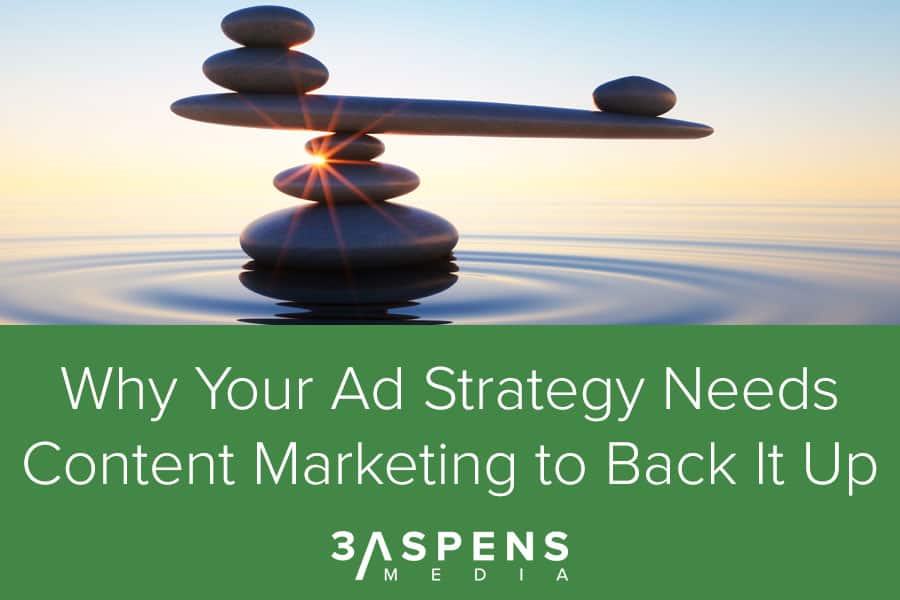Advertising has been an effective business marketing strategy for centuries. From the black and white line art ads of the 1800s, to the color photography ads of the 1920s and the commercials we see on television today, advertisements have generated more sales for organizations looking to connect with their target market. In 1993, the consumer market changed dramatically the moment that the World Wide Web became public domain. The internet quickly evolved, and people began buying things online. That’s when traditional advertising turned to digital marketing strategies to systematically capture a buyer’s attention and convert that attention to sales.
Today’s version of paid advertising is referred to as online ad space or digital advertising. And, it’s very effective. Various examples of paid advertising include banner ads, pop-ups and social networking ads.
Since this form of advertising happens exclusively online, there are no geographical boundaries to limit a company’s reach. The sky is the limit. Paid advertising has helped businesses retain customers, improve a customer’s lifetime value and reduce customer churn.
But there’s a problem.
Consumers and searchers are tired of being sold to every time they turn around. According to Digital Information World, over 47% of internet users today are using an ad-blocker on their search engines and mobile devices. Think about the last time you watched TV. Did you watch every commercial or fast forward to return to your program? The truth is that effective ads can grab your attention, but quickly become noise when overused.
According to recent research conducted by Global Web Index, the top five reasons online searchers block ads include:
- Too many ads
- Ads are irrelevant or annoying
- Ads are intrusive
- Ad contains viruses or bugs
- Ads take up too much screen space
If consumers are blocking more and more ads, how can you promote your business and reach your audience in a meaningful way?
The answer is content marketing.
Content marketing can help your business build a stronger relationship with customers.
While you still need advertisements as a critical part of your marketing strategy, it’s all about striking the perfect balance. Remember, ads are designed to GET something from your audience and content marketing is designed to GIVE something to your audience.
Content marketing allows companies to reach their audience and deliver impact and value, while building trust over the long haul. According to Neil Patel, co-founder of marketing tools Crazy Egg, Hello Bar and KISSmetrics, content marketing is a long term-strategy that uses content to build stronger relationships with your audience, capture their attention, improve engagement and improve brand recall. The more trust you develop, the more you are ingrained in your customer’s mind and the more likely they will turn to you for their purchasing needs.
Examples of ways you can use content in your marketing strategies:
- Social Media Content
- Blogs
- Email Newsletters
- Ebooks
- Whitepapers
- Infographics
- Webinars
Related: The Insider’s Guide to Content Marketing for Your Business
Rather than constantly selling to your customers, give them control over their online experience. Start by creating quality content that gives your audience what they want. They still want your promotions and special offers; they just don’t want them 24/7. Balance your ads with helpful online content like blog articles, FAQ pages and fun or informative social media posts that solves your customers’ biggest problems, entertains them and keeps them in the know.
Did you know that content marketing costs about 62% less than traditional marketing tactics, yet generates 3x as many leads? (Content Marketing Institute)
If you find yourself struggling with implementing an effective content marketing strategy for your business, 3 Aspens Media is here to help. Let us know how we can help you build trust with your customers to achieve the results you’re looking for. Reach out to us at info@3aspensmedia.com.



